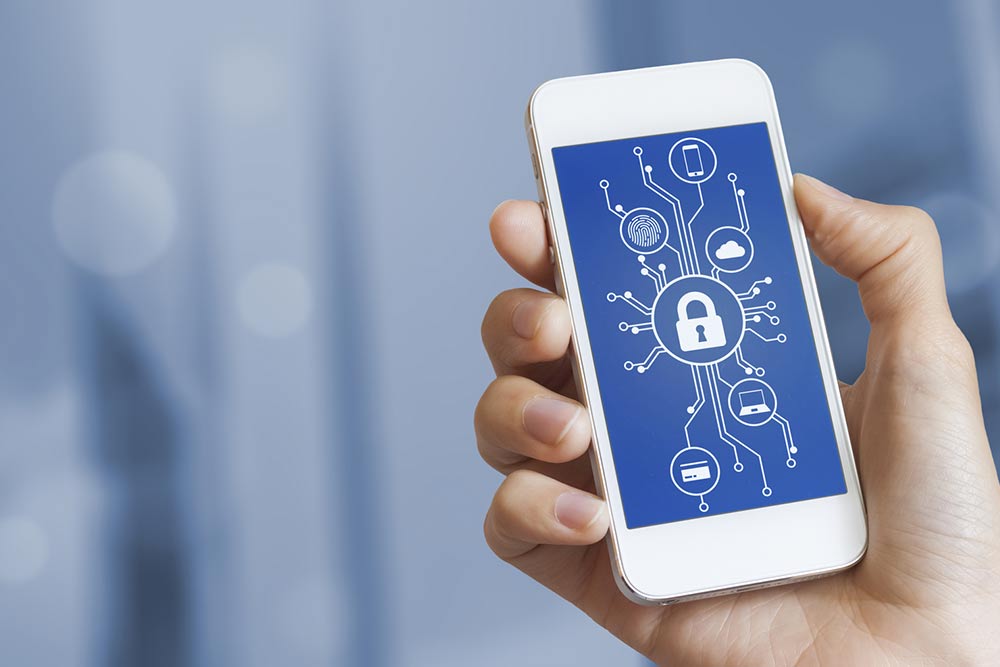12 most prevalent cybersecurity mistakes people make

The digital world has interconnected almost all aspects of modern businesses and individual lives, but to keep the reams of data safe, one has to be vigilant about cybersecurity. Ensuring that one’s business is safe from internet fraud and cyber threats is necessary. There are many ways to achieve this safety, and not following certain thumb rules can make one vulnerable to potential cyberattacks. Here are some common cybersecurity mistakes and ways to avoid them.
Undermining the importance of cybersecurity
As per Cybersecurity Ventures, cybercrime losses have reached a total of $8 trillion in just the last year, and the figure can shoot up to $10.5 trillion within the next two years. The staggering figures show how important cybersecurity is, and investing in a robust system that secures one’s data is not a luxury but a necessity in the modern world.
Not updating devices and software
Whenever one is dealing with any kind of application, office suite, music player, or operating system, one should update them regularly. The developers constantly upgrade their safety features, making them more robust against attacks. Hackers first target old operating systems or old web browsers since they may have loopholes that can be exploited and turned into entry gates for malware. These upgrades are included in the free software updates that one can see from time to time. So, it is important to dedicate time to this activity.
Not getting an antivirus
Invest in good antivirus software. These are designed specially to detect any malware attacks, potential threats, suspicious activities, or any viruses in newly downloaded files or inserted devices. Not only that, the software also helps eliminate or neutralize the threats before they become a problem and breach one’s data. It is also important to update antivirus solutions from time to time to tighten security.
Not knowing about risk profiles
It’s important for businesses to identify the risk profiles in their online activities, IT security strategies, and data storage places. One can outsource this analysis and thoroughly study one’s risk profile to detect any issues. The third-party vendor carries out routine audits for the analysis and helps prepare the business against security threats. Cybercrime is more common than one might think, making it important to prioritize risk identification.
Only depending on the IT department
It is important to educate one’s staff about the potential risks and various aspects of cybersecurity and not just rely entirely on IT departments to mitigate risks or resolve issues. For example, employees can be trained in handling emails safely, identifying phishing emails, monitoring their webcams, and following regulations set by the organization to maintain data safety.
Setting simple or weak passcodes
This is one of the most prevalent cybersecurity mistakes people make. Passwords are the entry gates to one’s most vulnerable data. Almost all security protocols require one to have a strong, unidentifiable password. Any cyber breaches here can lead to heavy losses. So, even if it might seem like a hassle initially, one must set a password with a combination of lower and uppercase alphabets, numbers, and symbols.
Forgetting multi-factor authentication (MFA)
An extension of a strong password to enhance cybersecurity is MFA, which includes a verification code to access the data. Here, knowing the mere password is not enough. This step is an added security net for one’s systems to protect sensitive data.
Using public Wi-Fi
Public Wi-Fi is not the safest network. They are susceptible to security breaches and cybercrime, so it is best to use a virtual private network (VPN) whenever possible.
Clicking on questionable links or short links
Many links are shortened to fit the word limit on social media sites. Short links also make the text look cleaner. But this automatically makes the website’s URL undetectable and one cannot know their exact destination. Any shortened website URL can be malware. To avoid this, one is advised to use a try-out link preview before clicking on them. Any previews that look suspicious should be avoided at all costs. Similarly, one should avoid clicking on links that look odd or do not have the https prefix, where “s” stands for secure. Alternatively, it is best to stick to reputable websites for information.
Treating cybersecurity as an expense and not an investment
Businesses make the mistake of treating cybersecurity as an additional expense or liability to the business and try to allot minimal funds to this area. This comes from the unawareness of how a single security breach can affect the stability and integrity of the business. It can cost customers, drop sales, erode their trust in the brand, and become a PR nightmare. So, one needs to treat cybersecurity as an investment. It ensures businesses can take bolder steps to expand, keep the trust in the brand alive, and also foster a sense of security among employees.
Not backing up data regularly
Not backing up data routinely to an external drive or a secure cloud service can put one at risk of ransomware assaults and data breaches. These issues can cause irretrievable data loss. On the other hand, teaching employees to follow backup protocols can save time and money and also better one’s chances of recovery in case of a cyber breach.
Forgetting about mobile security
Mobile devices are just as likely to be victims of cyber breaches as computers and laptops. So, one should install security apps, update the operating system and the apps, and avoid downloading from untrusted sources to ensure cybersecurity.


